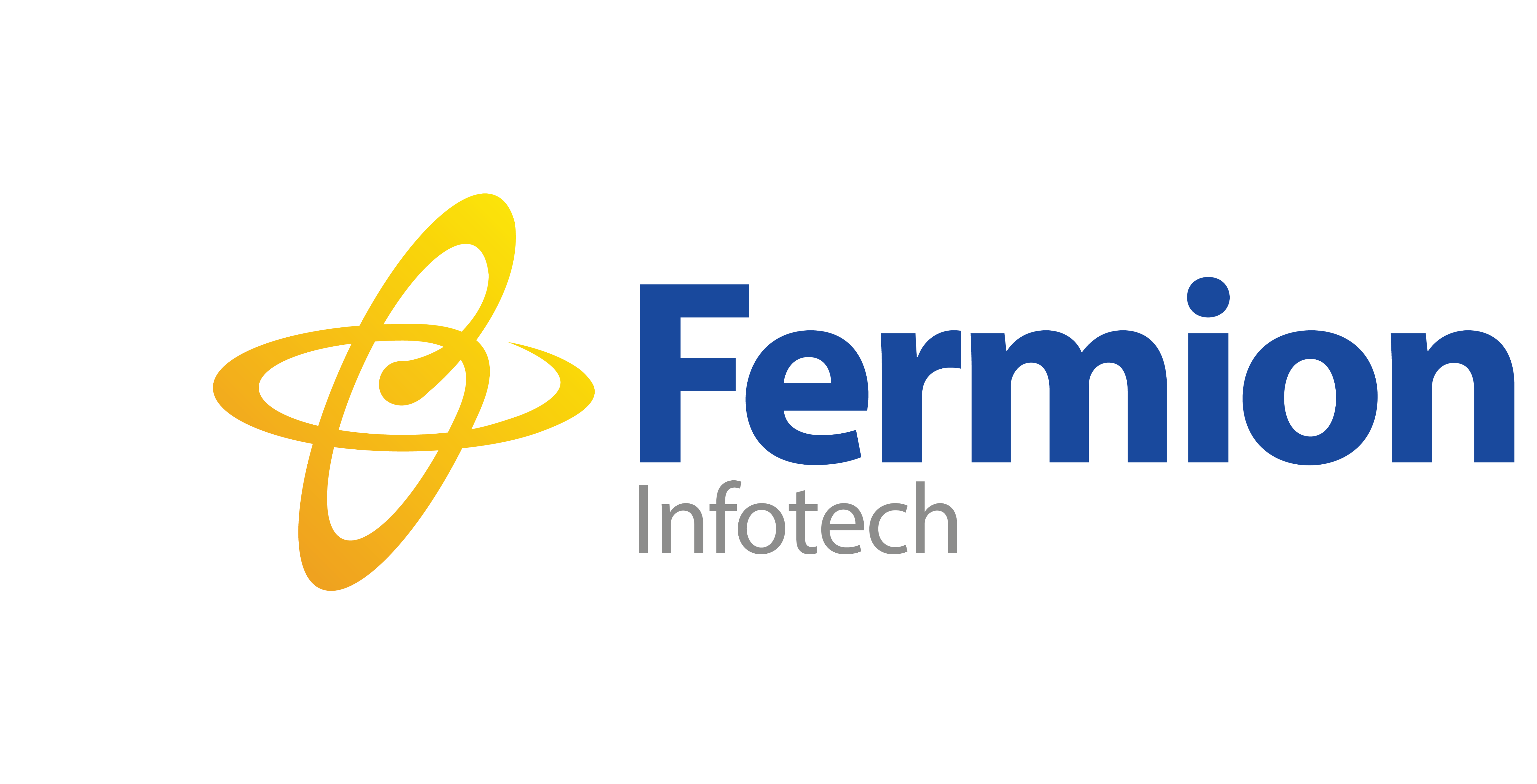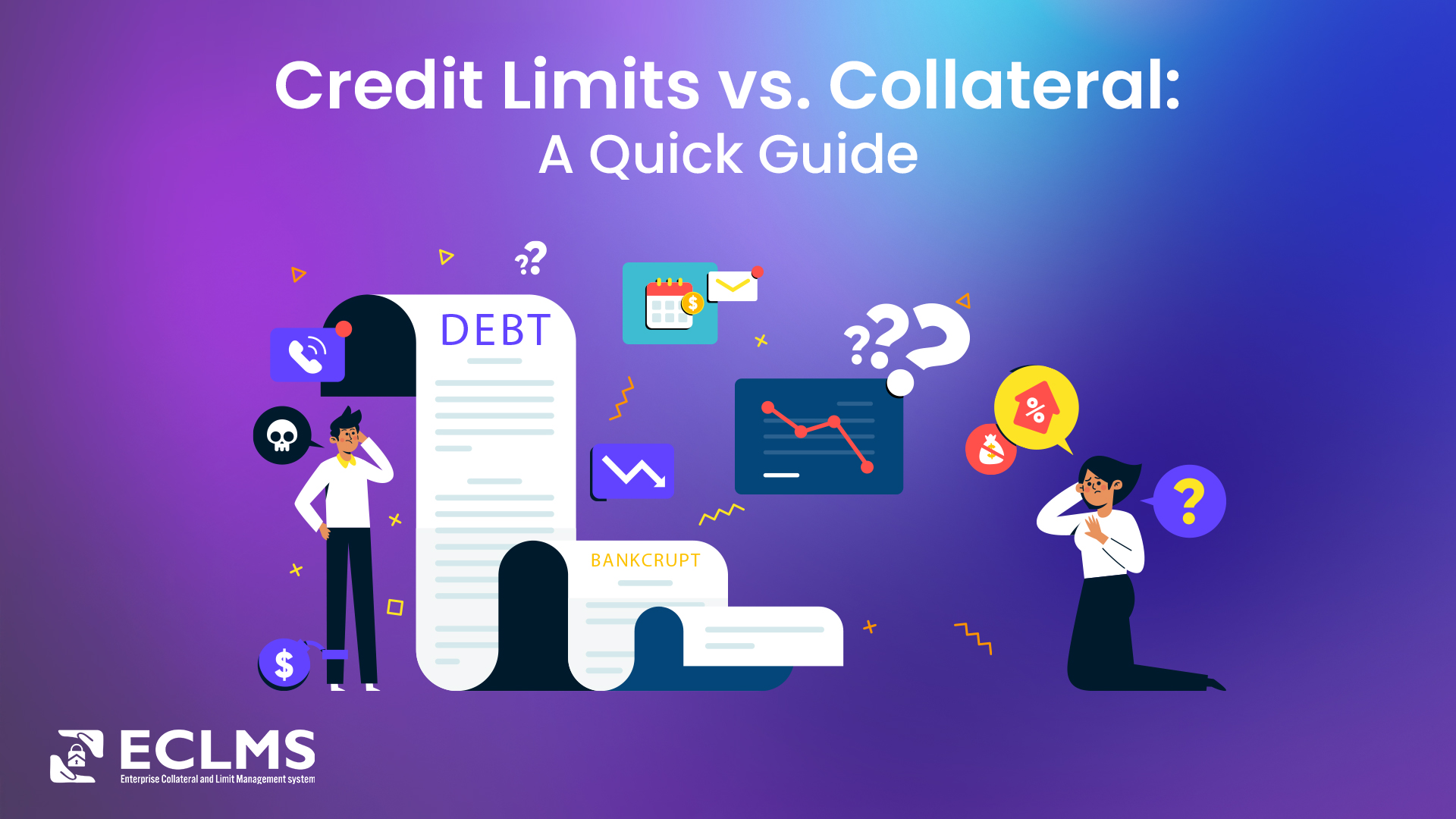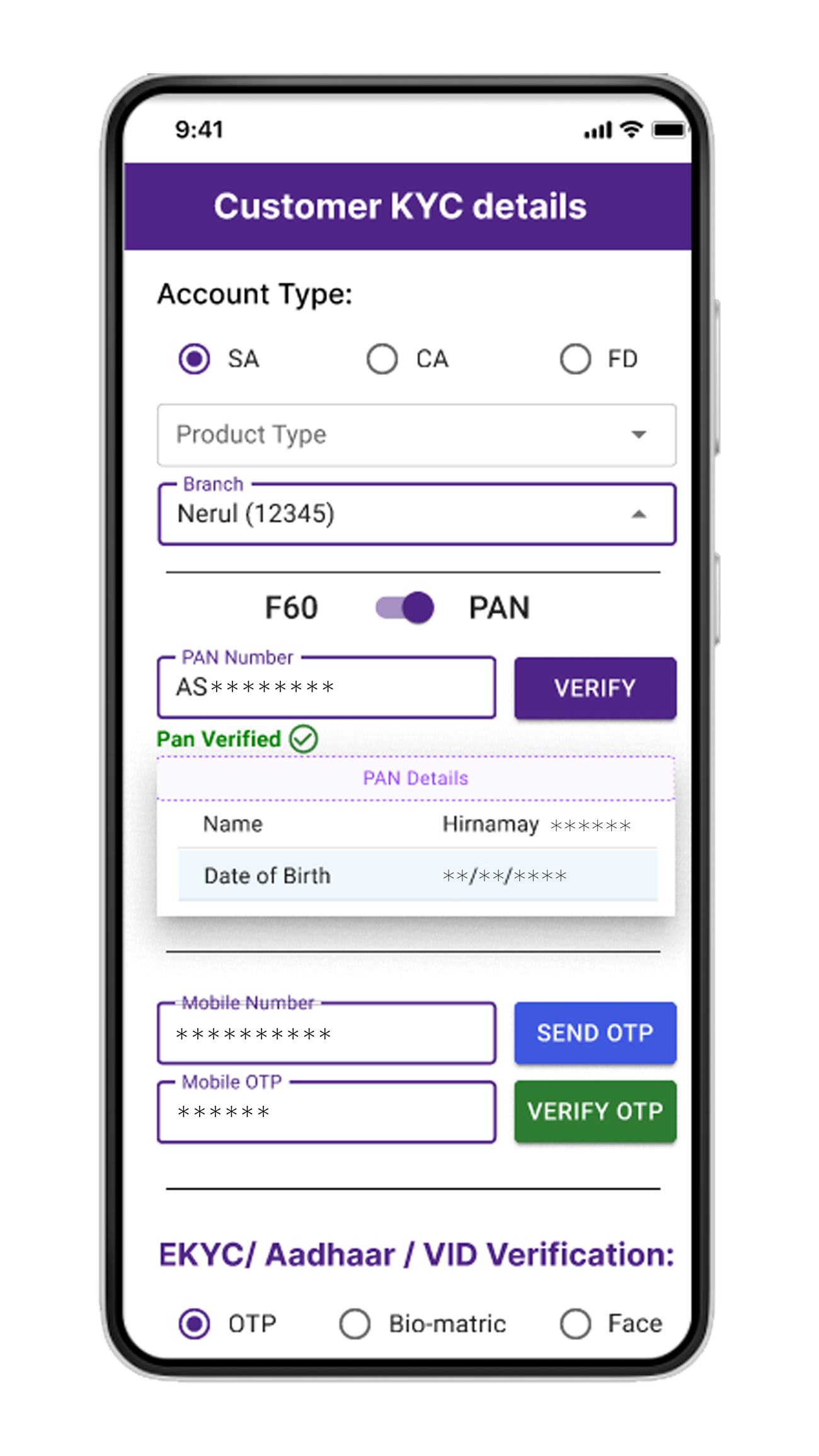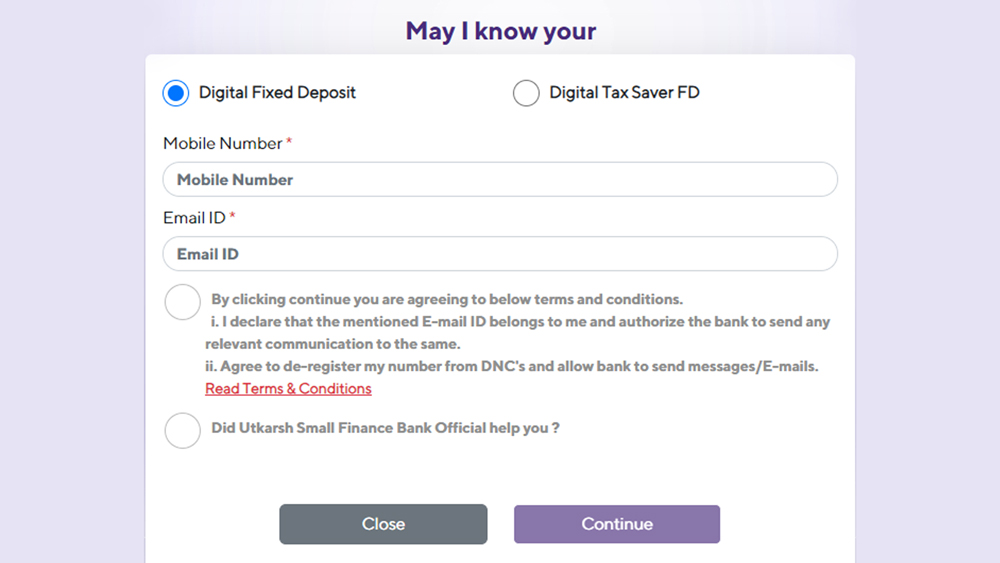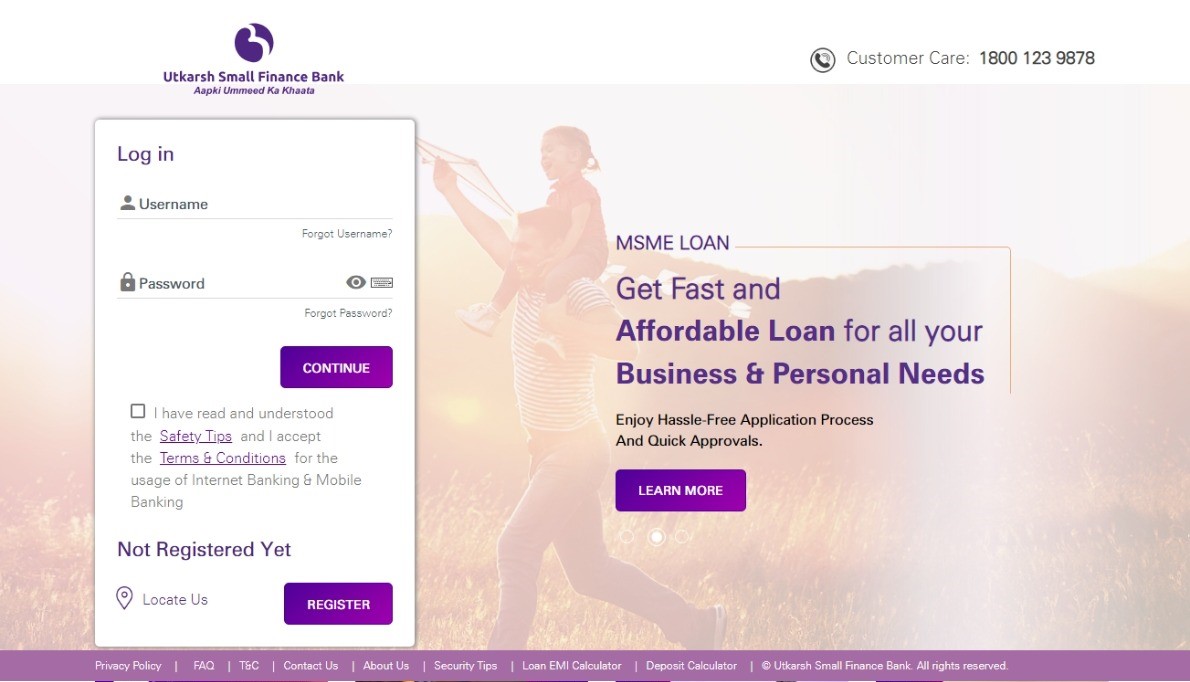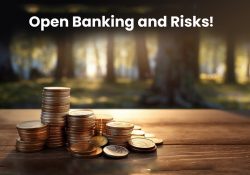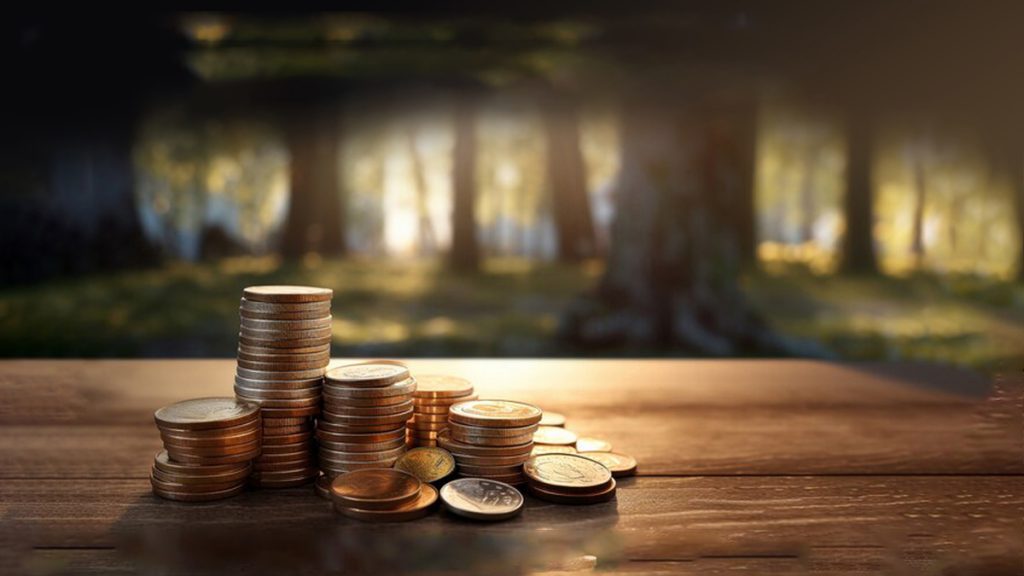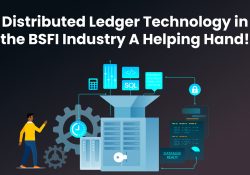We often hear terms like credit limit and collateral when talking about loans, credit cards, or lines of credit, but what do they really mean for your financial future?
While both are fundamental components of borrowing, they play very different roles in the lender-borrower relationship. Confusing one for the other can lead to poor financial decisions, affect your credit score, or even put your assets at risk.
This article is your Quick Guide to understanding the distinct functions of Credit Limits and Collateral.
Understanding Credit Limits
Credit limits represent the maximum borrowing amount extended to a client based on their creditworthiness, assessed through factors such as credit scores, income stability, and repayment history. These are typically unsecured, relying on the borrower’s ability to repay without asset backing. In practice, they offer flexibility for revolving credit products like credit cards and lines of credit, enabling quick access to funds.
However, in the current environment, where delinquencies in credit card and auto loans are projected to increase due to weakening consumer balance sheets, banks are tightening these limits to curb exposure. This trend aligns with broader credit market outlooks, where lower spreads and Federal Reserve easing may temper returns but heighten the need for vigilant monitoring.
The Role of Collateral
Collateral, in contrast, involves pledging tangible or intangible assets—such as real estate, inventory, or receivables—to secure a loan. This approach reduces lender risk by providing a recoverable asset in case of default, often allowing for higher borrowing amounts and lower interest rates.
Amid economic resilience, driven by a strong consumer and labor market, asset-based credit (ABC) is powering ahead. Private credit and debt markets are witnessing momentum, with M&A rebounding and syndicated loans hitting records. Yet, sectors like commercial real estate face pressures from fiscal risks and rising rates, underscoring the importance of robust collateral valuation.
Key Comparisons and Strategic Considerations
- Risk Mitigation: Credit limits expose lenders to higher default risks in volatile times, while collateral offers a safety net, though it requires ongoing asset monitoring.
- Flexibility vs. Security: Limits suit short-term, unsecured needs but can be adjusted dynamically; collateral supports larger, long-term financing but involves legal and appraisal complexities.
- Market Alignment: With policy uncertainties and evolving market structures, a hybrid approach—blending limits for agile consumer lending with collateral for corporate exposures—can enhance portfolio resilience. Regulatory shifts in capital requirements further influence credit supply, favoring collateralized structures in tighter environments.
In summary, as BFSI institutions adapt to stable yet uncertain credit outlook, prioritizing collateral in high-risk segments while maintaining prudent credit limits will be key to sustainable growth.
What strategies are you employing to balance these in your operations?
